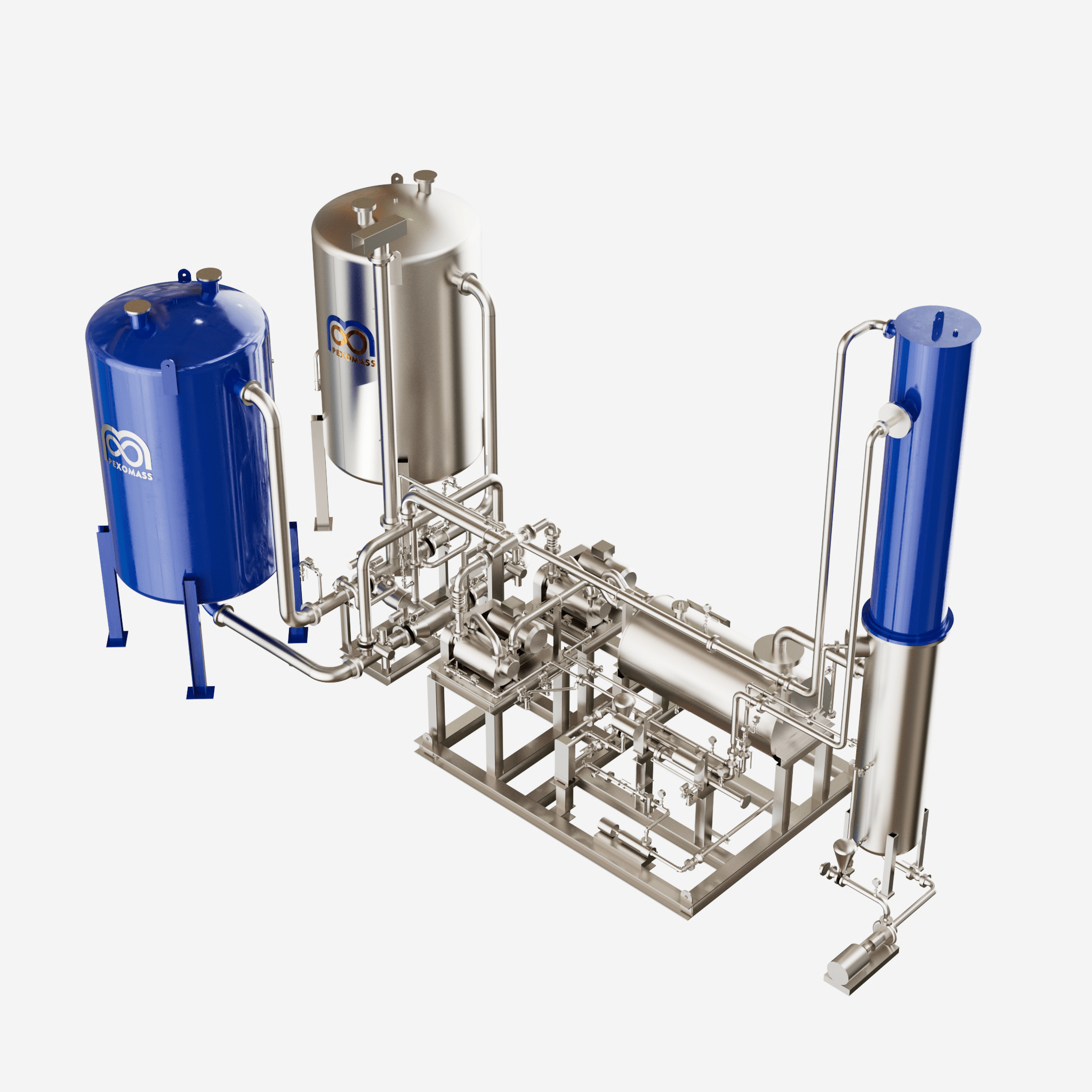Vapour Recovery Unit

Vapour Recovery Unit
A vapour trap unit, also known as a vapour recovery unit or vapour control Unit, is a device used to capture and control the emissions of volatile organic compounds (VOCs) and hazardous air pollutants(HAPs) that are released into the atmosphere during various industrialprocesses. These emissions are often generated during the storage,transfer, and loading/unloading of volatile liquids such as gasoline,crude oil, chemicals, and other petroleum products.
The main purpose of a vapour trap unit is to prevent the release of harmful pollutants into the environment and to comply with environmental regulations and air quality standards. Here's how it generally works.
Vapour trap units are installed at facilities like refineries, chemical plants, and distribution terminals. They are strategically placed at points where volatile liquids are transferred or handled.
The unit captures the vapours and gases emitted during processes like loading and unloading of tank trucks, railcars, and storage tanks. These vapours are often a mixture of hydrocarbons and other volatile compounds.
The captured vapours are then routed through the vapour trap unit, which processes and separates the VOCs from the gases. This is often done through processes like condensation, adsorption, or absorption.
Depending on the specific design of the unit, the recovered VOCs can be either stored for later use or disposed of through controlled combustion or other environmentally friendly methods.
By capturing and processing these vapours, vapour trap units significantly reduce the emissions of VOCs and HAPs, helping industries to minimize their environmental impact and adhere to air quality regulations.
Vapour trap units are designed to be efficient, reliable, and safe. They play a crucial role in improving air quality and reducing the negative environmental and health effects associated with the release of volatile organic compounds into the atmosphere. The technical specifications of a vapour trap unit can vary depending on the specific application, industry, and regulations it needs to comply with. However, here are some common technical specifications and features that you might find in a typical vapour trap unit.